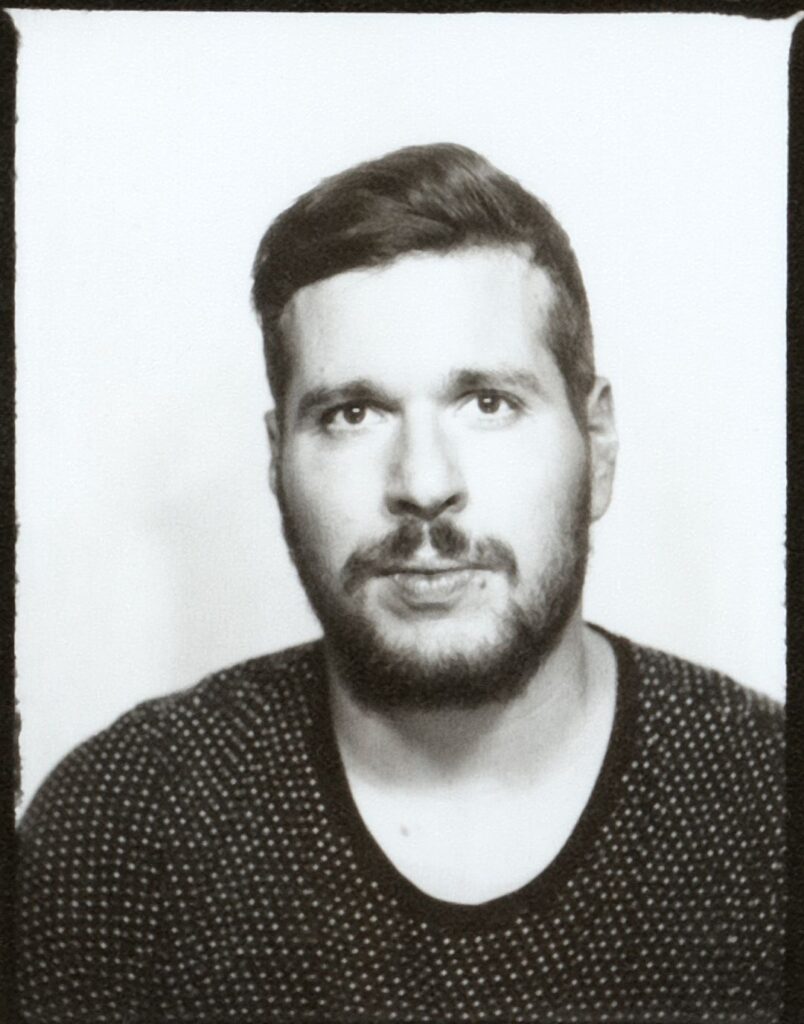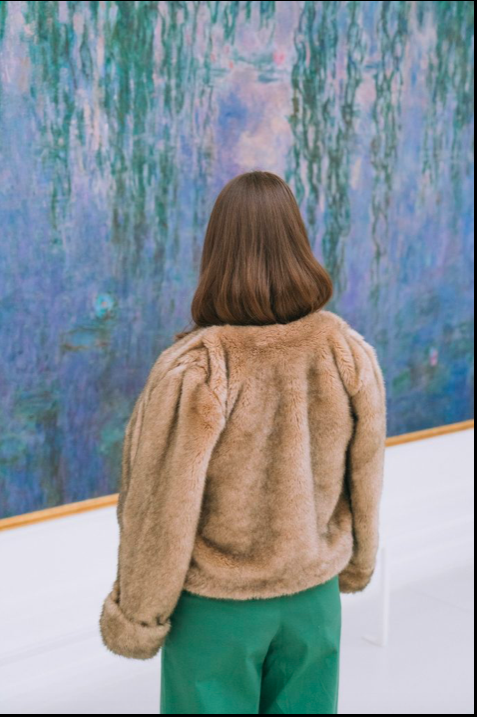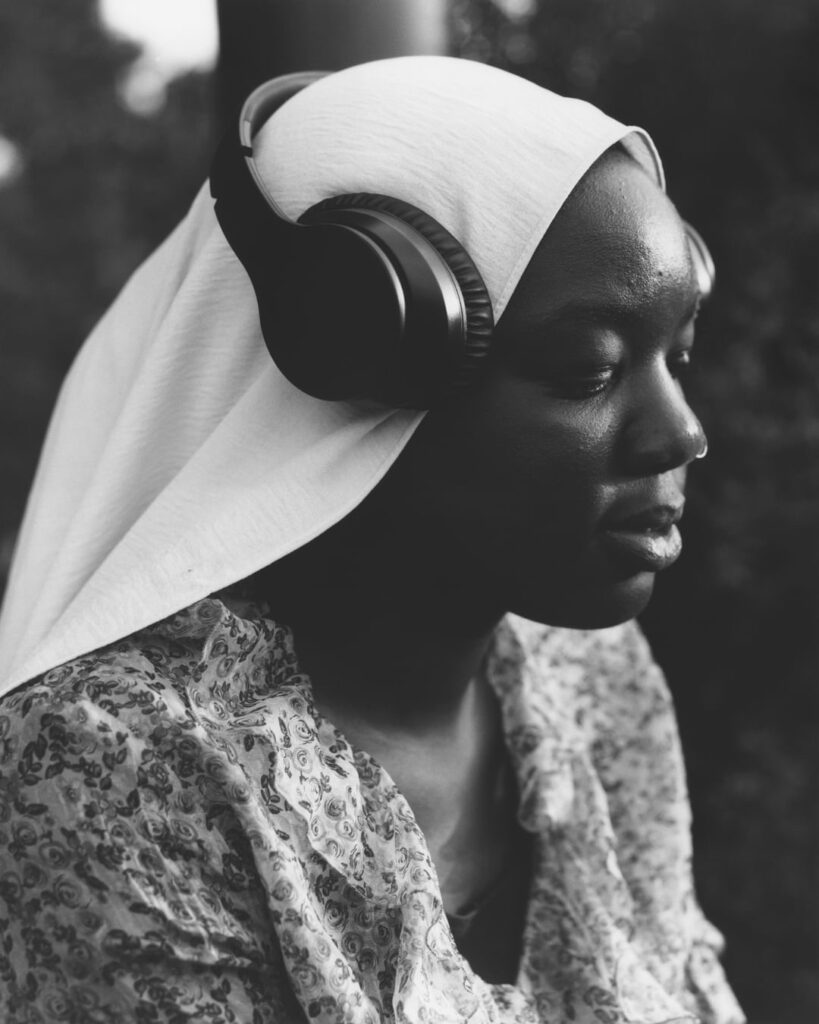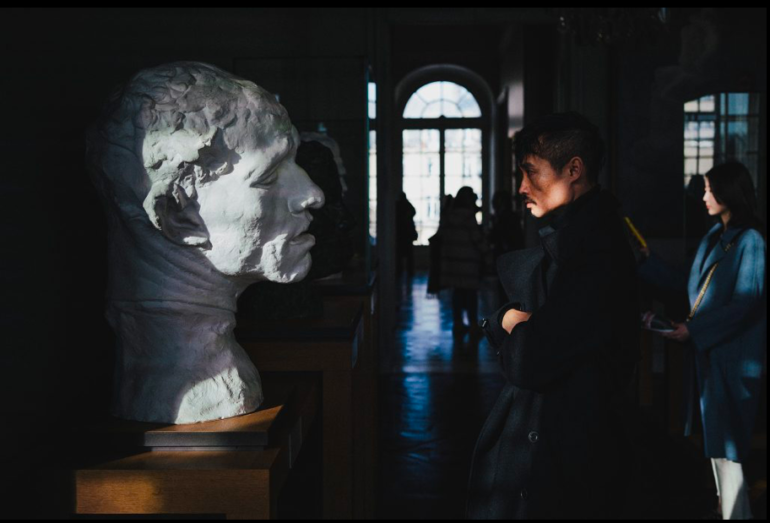Photographer Alexandre Silberman is the winner of the 2023 Taylor Wessing Photographic portrait prize, which was announced at the National Portrait Gallery in London on 6th November. Silberman has been photographing the Parisian suburb of Seine-Saint-Denis, one of the most culturally diverse areas of France, for several years. Silberman’s portrait of ‘Diena’ from his NATURE series was taken in La Courneuve park where he says the subject appeared almost as ‘an apparition’. He took the photo in strong, direct sunlight, effectively sculpting with light. The resulting portrait has the air of a contemporary, urban Madonna and caught the eye of the Taylor Wessing photographic portrait prize judges.
Silberman, born in 1983 in Dortmund, Germany, took an MA in philosophy and MA in communication at Lyon University before embarking on a career as a photographer. He quickly gained acclaim for his photography, which has been featured in publications including Marie Claire, Courrier International and Musée, and his work has been exhibited all over the world, including; Head on Photo Festival in Sydney (2021); Palm Photo Prize, UK (2020); and Feature Shoot Street Photo Awards, New York (2019).

Culturalee spoke to Alexandre about his reaction to winning the prestigious prize, his technique and inspirations, and his advice for budding photographers.
Culturalee: How does it feel to be the winner of the Taylor Wessing Photographic Portrait prize and have your photography exhibited at the National Portrait Gallery?
Alexandre Silberman: It’s obviously a source of immense pride. And I was already proud to be one of the portraits exhibited.
There are several stages in the selection process, and my selection for the second round (where you have to send in the exhibition print) was a small victory. When I saw the portrait coming out of my printer’s (Romain Hemon, from Labo Diamantino in Paris), I said to myself that if the jury had liked the digital file, they were bound to like the print. The work done on it was remarkable, I’d never seen my photo on this scale and with this quality. I like the idea that the prize is based on a print, it pushes us to ‘dig deeper’ into the negative and it also gives quality to the exhibition itself. As well as the prize, receiving it at the National Portrait Gallery is also very special. At one point I left the exhibition to walk around the empty museum, and I was very moved. On such a small scale, you still feel part of a huge story.
Culturalee: Your winning portrait ‘Diena’ was taken in the Parisian suburb of Seine-Saint-Denis, and is part of your series NATURE which you made there. What was the inspiration behind the series, and what was the reason behind situating NATURE in Seine-Saint-Denis? And how did you meet Diena?
Alexandre Silberman: The Parc de La Courneuve, where NATURE was shot, is one of the largest artificial parks in Europe. An enclosed green space in a concrete forest, at the heart of an area in great economic and social difficulty, it is a veritable lung for the inhabitants. I found these contrasts interesting: urban landscape / green utopia; nature / artificial; economic poverty / richness of vegetation.
This is my 4th series taking place in Seine-Saint-Denis, but it stands out from the others because of its more oneiric narrative, less attached to the concrete territory than to the one dreamt of, whether by the park’s occupants or by the landscape architects who designed the space. I wanted this series to have a fable-like dimension.
As with every portrait in the series, this one was shot on the spot. Diena was sitting here, on a late summer afternoon, with a suitcase surprisingly embellished with a bouquet of dried flowers. She was wearing a long white veil that reflected the sun spectacularly. I saw her in the distance and decided to ask her to paint her portrait. I used 2 rolls, but in the end it was the last two shots, taken in close-up, disregarding the elements around her and concentrating on her face alone, that made it into the series. The portrait on show at the NPG is one of the two.

Culturalee: ‘Diena’ beautifully merges contemporary with history, with an aesthetic that recalls Pre-Raphaelite or Renaissance depictions of the Madonna figure from art history but within a thoroughly modern context as the subject wears headphones. Are you influenced by any particular photographers or artists from the past?
Alexandre Silberman: It’s very interesting, because my first series, THE GREAT BEAUTY, dealt with the staging of beauty in Paris museums, by turning the focus on visitors. The idea was to show how the fine arts were dependent on a ‘container’ that made them part of that great history. In their postures, lighting and backgrounds, visitors became paintings and sculptures.
Later on, I stopped consciously applying this approach, but it obviously left its mark on my aesthetic, after 3 years spent regularly photographing in museums. I’m very sensitive to aspects that are very present in Renaissance painting, such as chiaroscuro and drapery. We find these elements in the portrait of Diena, with a play on brilliance. In photography, I’m very fond of the magic realism movement, as I am of surrealism in other arts. Photographers like Gregory Halpern and Alec Soth, but also Germans less associated with this movement, such as Wolfgang Tillmans and Michael Wolf, whose TOKYO COMPRESSION series, for example, uses Renaissance postures in a contemporary documentary context.
Culturalee: What camera and lighting did you use to capture the pensive mood of Diena, and the natural lighting?
Alexandre Silberman: The entire series was shot on medium format film. I’ve had lots of cameras, but recently I’ve settled on a Fuji GF670W and a Pentax 67. The latter was used for the portrait of Diena. The light is natural.

Culturalee: You took an MA in philosophy and also in communication at Lyon University. What led you on the path to becoming a photographer?
Alexandre Silberman: I’ve always worked freelance, but more in video. I’ve always been curious about all stages of the process, especially the technical ones, and I’ve played a lot of roles in my career, whether in directing, shooting or post-production. In 2016, I wanted to explore new themes, and the world of video is expensive. Launching a project in this medium is costly and energy consuming.
Photography seemed freer and less expensive. I also liked working independently, on
my own, without being accountable. Since then, I’ve worked in parallel in these two mediums, but I reserve photography for my personal work, whereas commissions are more on the side of video.
The Taylor Wessing photo portrait prize exhibition is on display at the National Portrait Gallery until 25 th February, 2024: https://www.npg.org.uk/whatson/exhibitions/2023/taylor-wessing-photo-portrait-prize-2023/#focus
https://www.alexandresilberman.com
IG: @alexandresilberman



